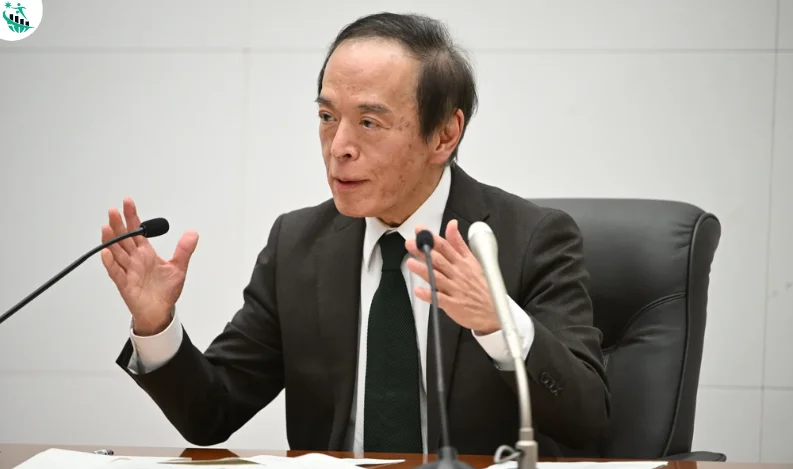
Bank of Japan Holds Rates Steady as Trump-Era Tariffs Cloud Economic Outlook
The Bank of Japan (BOJ) held its benchmark interest rate steady at 0.5% for the second consecutive policy meeting on Thursday, as rising trade tensions and U.S. tariffs under President Donald Trump’s administration threaten Japan’s fragile export-driven recovery.
The decision, which aligned with expectations from a Reuters poll of economists, underscores the central bank’s cautious balancing act between managing persistent inflation and shielding the economy from mounting external shocks.
Policy Holds Amid Global Trade Uncertainty
In its policy statement, the BOJ reiterated that it may raise rates “if our economic and price forecasts are realised.” However, it also flagged growing concerns about global economic softness and a likely decline in domestic corporate profits, signaling that further tightening could be delayed.
The BOJ’s decision comes in the wake of recent U.S.-Japan trade talks that reportedly failed to yield a breakthrough. The Trump administration’s push for “reciprocal” tariffs and a 25% levy on Japanese autos has unnerved Japanese businesses and policymakers alike.
“Trump tariffs have complicated plans to raise rates,” the central bank acknowledged, noting the risk they pose to Japan’s already weak external demand.
Inflation Still Above Target, but Growth Slows
Japan’s consumer inflation has stayed above the BOJ’s 2% target for three straight years, providing the bank room to consider normalization after years of ultra-loose monetary policy. Yet, with GDP growth slowing to just 0.1% in 2024 from 1.5% in 2023, and only a 1.2% year-on-year increase in Q4, momentum appears to be stalling.
According to the BOJ’s latest projections:
-
Fiscal Year 2025 (ending March 2026): Inflation expected between 2% and 2.5%
-
Fiscal Year 2026: Inflation to ease between 1.5% and 2%
-
Fiscal Year 2027: CPI forecast to stabilize around 2%
Japan’s fiscal calendar runs from April to March. The country will release its fiscal first-quarter GDP data on May 16, a key indicator that could shape upcoming monetary decisions.
Currency and Equity Markets React Cautiously
Following the announcement:
-
The Nikkei 225 rose 0.54% as of midday trading in Tokyo
-
The Topix index added 0.23%
-
The yen weakened by 0.29%, trading at 143.49 against the U.S. dollar
The Japanese yen has become a flashpoint in bilateral trade talks. President Trump recently accused Tokyo of intentionally keeping the yen weak, despite Japan’s shift away from negative interest rates in March 2024.
Since then, the yen has appreciated nearly 5% against the U.S. dollar, and over 8% since Trump took office in January 2025.
Finance Minister Katsunobu Kato pushed back against speculation that currency coordination was discussed in recent meetings with U.S. Treasury Secretary Scott Bessent.
“Secretary Bessent never mentioned anything about exchange rates or a framework for managing them,” Kato said in a post on X (formerly Twitter), denying a report by Yomiuri Shimbun.
Analysts Predict Cautious Approach Ahead
In a research note last week, Citi warned that Japan’s export sector—particularly autos—could face growing strain as U.S. consumer spending and employment cool, compounded by China’s economic slowdown.
“We assume hard data will start to show a fall-off in Japanese exports,” Citi noted. “This would tilt the BOJ’s stance toward dovish messaging.”
Meanwhile, Nomura said that while the BOJ is likely to maintain its “rate hiking stance,” it sees no urgency to raise rates further amid growing downside risks from abroad.



Recent Comments: